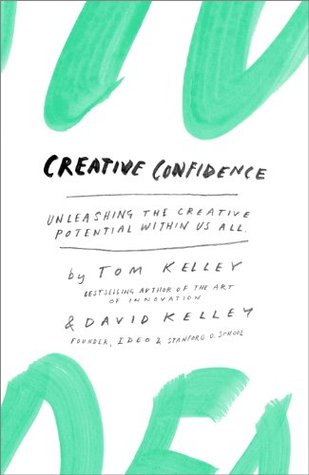More on this book
Community
Kindle Notes & Highlights
Read between
January 8 - January 19, 2023
People with self-efficacy set their sights higher, try harder, persevere longer, and show more resilience in the face of failure.
But we reframed the question as “How might we make the surgical tool more comfortable in the hand during long procedures?”
passion doesn’t preclude effort. In fact, passion demands effort. But in the end, you are more likely to feel that all that effort was worthwhile.
Among the principles are: 1) deep customer empathy; 2) going broad to go narrow (i.e., seeking many ideas before converging on a solution); and 3) rapid experiments with customers.
The first phase, Mauro says, is pure denial: executives and employees say, “We’re not creative.”
Mauro calls the second phase “hidden rejection.” This is where one executive strongly recommends and sponsors a new innovation methodology, and the other managers pay it lip service but then never actually commit to it.
Mauro calls the third phase on the way to organizational creative confidence a “leap of faith.” It occurs when someone in a position of power and influence recognizes the value in consumer-driven design thinking and puts his or her resources and support behind making a project happen.
Mauro calls the fourth phase the “quest for confidence.” In this stage, an organization buys into innovation and searches for the best ways to leverage creative resources in support of the goals of the enterprise.
The fifth phase is what Mauro calls “holistic awareness and integration.” This is where innovation and constant iteration and designing with the customer experience in mind become part of a company’s DNA.


